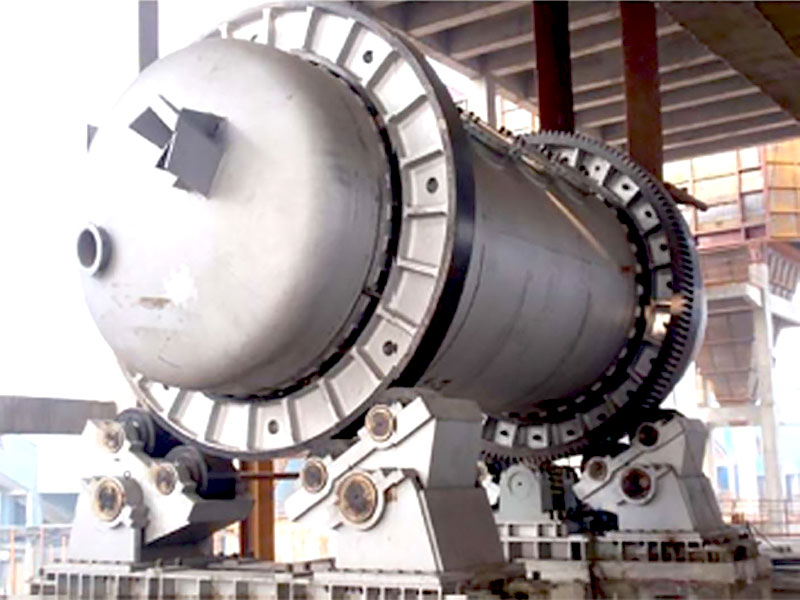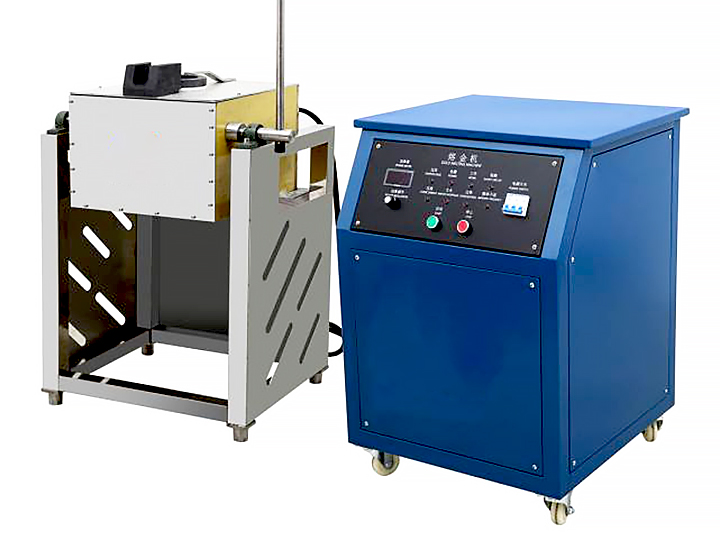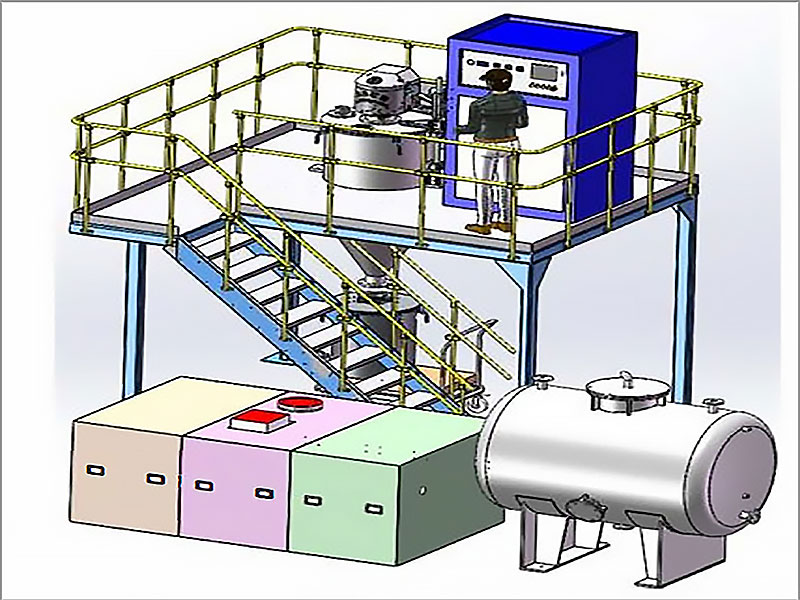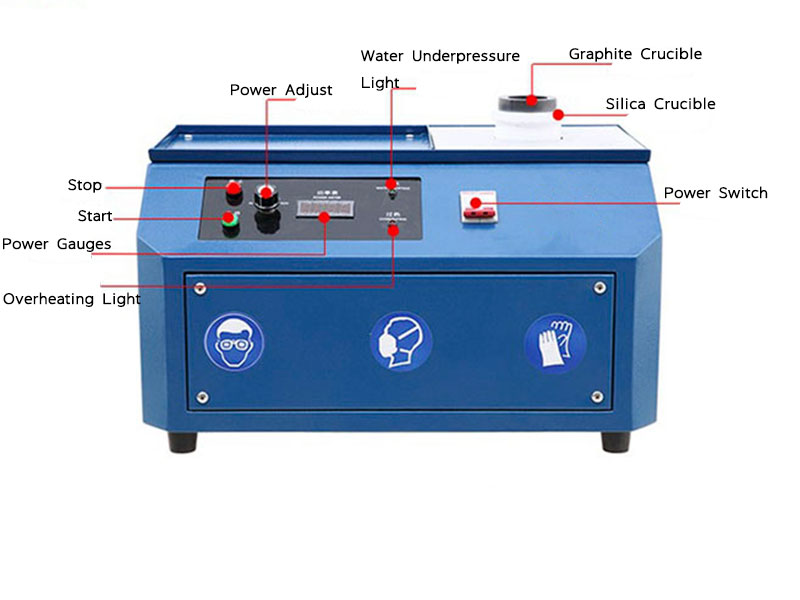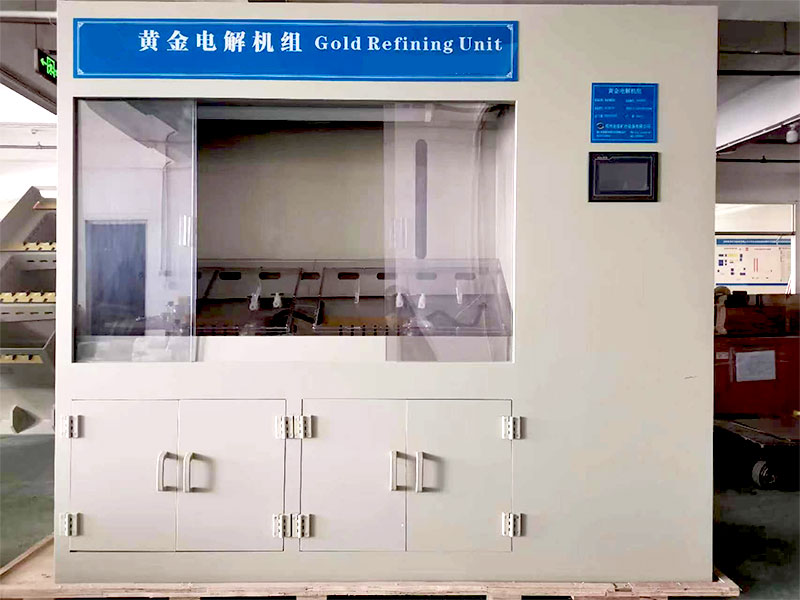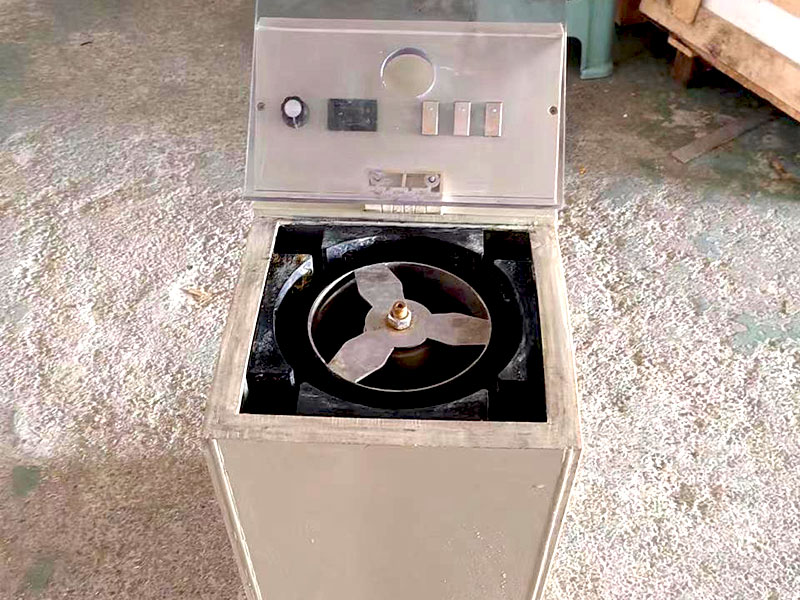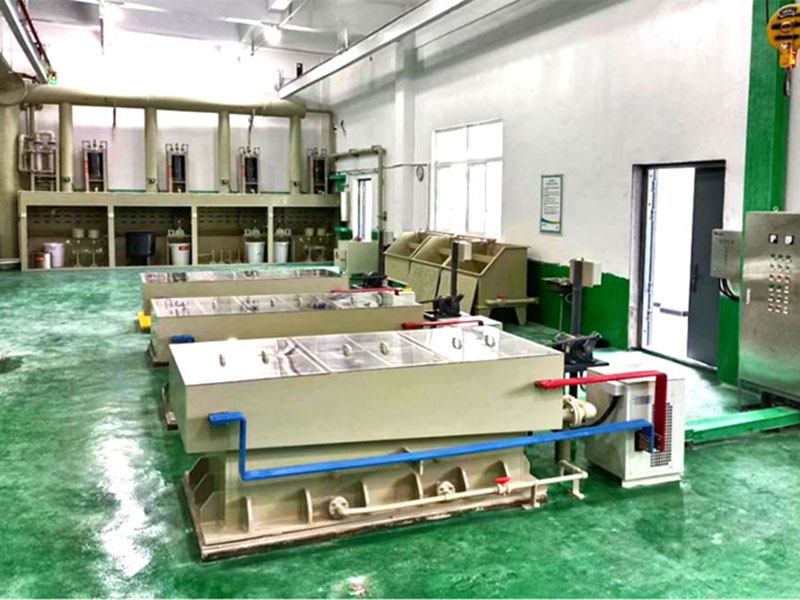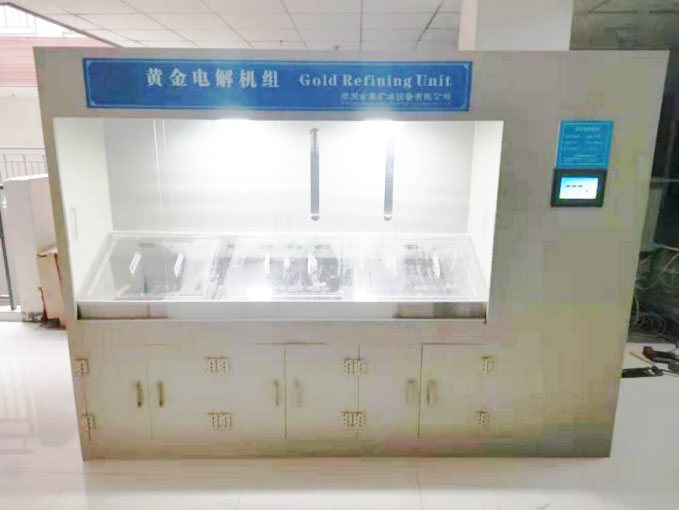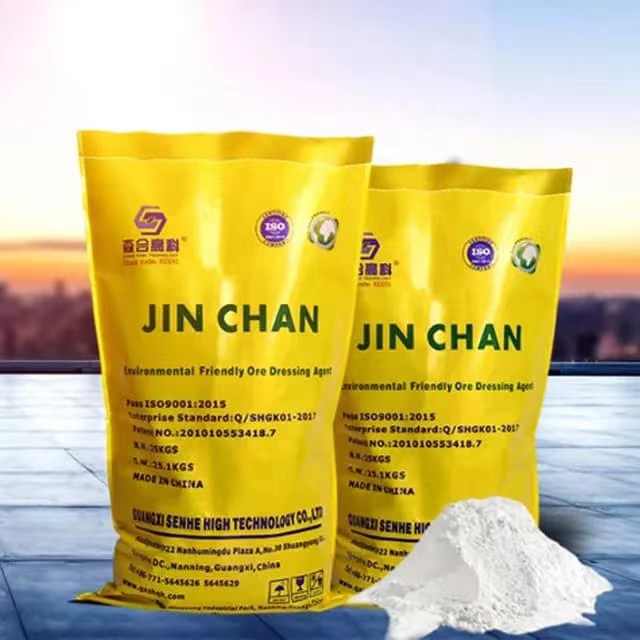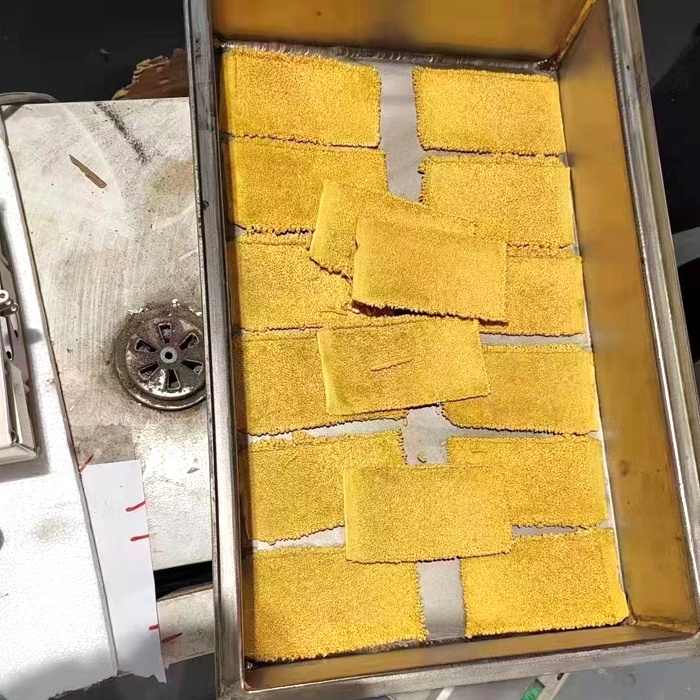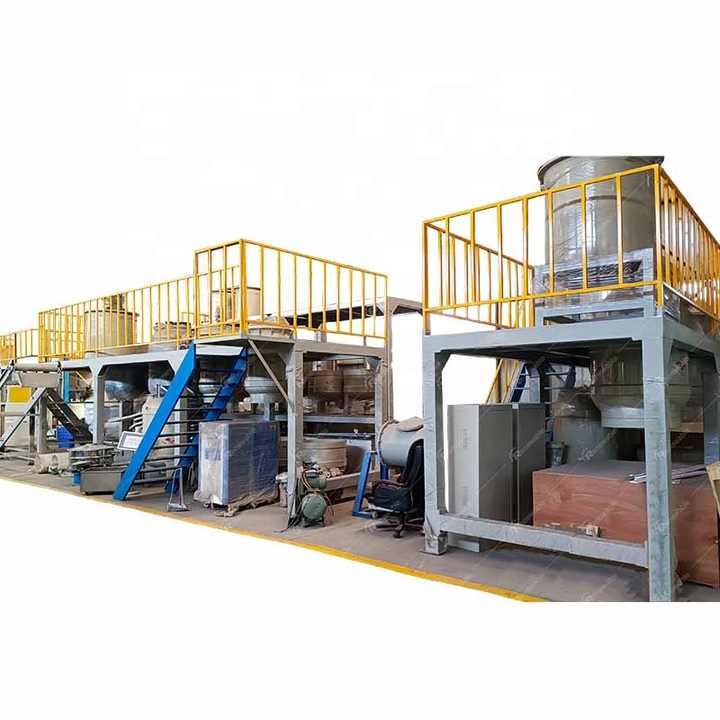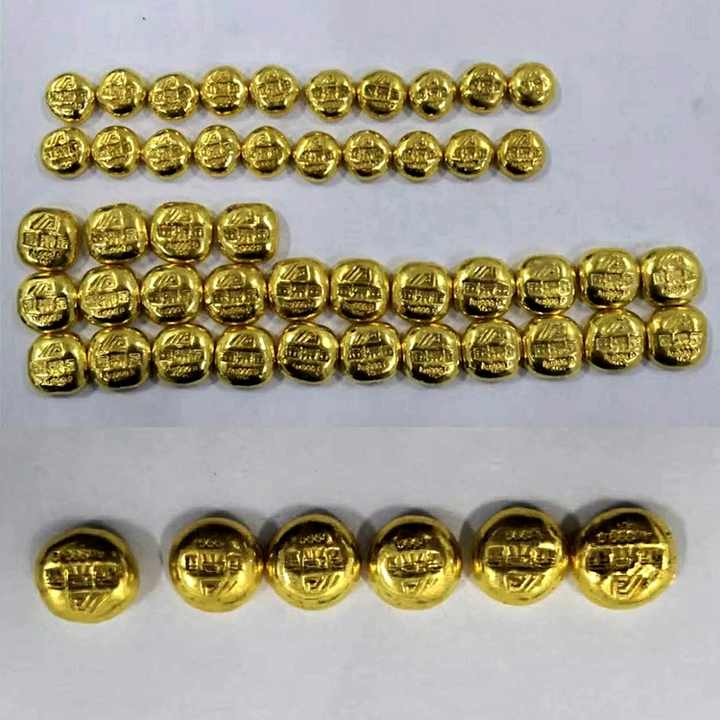gold refining computer parts


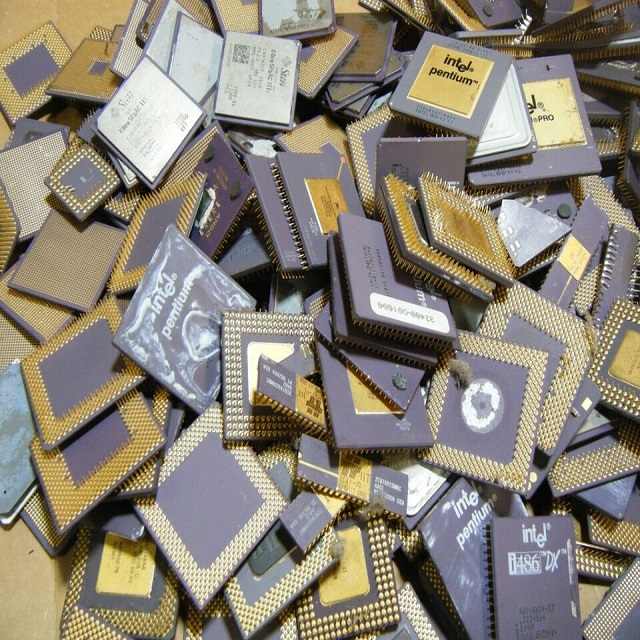
Gold Refining from Computer Parts A Hidden Treasure
Gold is a precious metal that has found its way into many aspects of modern technology, especially in electronics. One of the most surprising sources of gold is found in computer parts. Gold refining from computer parts has become a profitable business, as the metal can be extracted and purified from old, discarded electronics. This article explores the importance, process, and benefits of recovering gold from computer components, shedding light on how this hidden treasure is extracted and refined.
Why Gold is Used in Computer Parts
Gold is highly valued in electronics due to its superior conductivity, resistance to corrosion, and malleability. Unlike other metals, gold does not tarnish or degrade over time, making it ideal for use in sensitive electrical connections found in computer components. This is why parts like processors, RAM sticks, and connectors often contain small amounts of gold.
As technology advances and the demand for electronics grows, the need to recover and recycle gold from outdated computer parts has become increasingly essential. Gold refining from computer parts helps reduce the environmental impact of mining while providing a valuable resource.
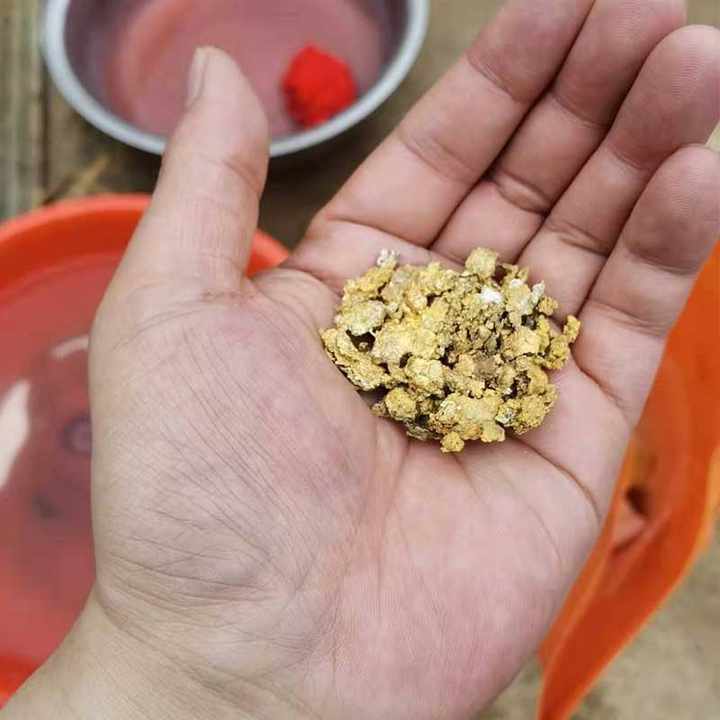
The Process of Gold Refining from Computer Parts
Collection and Sorting
The first step in gold refining from computer parts is collecting the discarded electronics. This includes motherboards, CPUs, RAM, and other components that contain gold. Once gathered, these parts are sorted to separate gold-containing components from other materials like plastic, aluminum, and steel.
- Purpose: Sorting ensures that only valuable materials are processed, making the refining process more efficient.
Removal of Non-Metal Components
Once the gold-containing parts are sorted, non-metal components such as plastics and ceramics are removed. This step is important to prevent contamination during the gold recovery process.
- Method: The components are often manually dismantled or shredded to break them down into smaller, manageable pieces. In some cases, chemical treatments may be used to dissolve unwanted materials.
Chemical Extraction
Chemical extraction is a crucial part of gold refining from computer parts. Gold is often found in very small quantities, so a chemical process is needed to separate it from other metals and impurities.
- Aqua Regia: One common method is using aqua regia, a mixture of nitric acid and hydrochloric acid. This powerful solution dissolves the gold, allowing it to be separated from other metals like copper and silver.
- Cyanide Leaching: Cyanide is another chemical that can be used to extract gold, although it is less commonly used in small-scale refining due to its toxicity.
Precipitation and Filtration
Once the gold is dissolved in the chemical solution, it must be precipitated out to recover the metal. This is done by adding a reducing agent, such as zinc or sodium metabisulfite, which causes the gold to settle at the bottom of the container.
- Filtration: After precipitation, the solution is filtered to separate the gold particles from the remaining liquid. The gold is then rinsed and dried, leaving behind a pure, solid metal ready for further refining.
Smelting and Purification
The final step in gold refining from computer parts is smelting and purification. This process involves heating the recovered gold to its melting point, where impurities are burned off, leaving behind pure gold.
- Smelting: The gold is placed in a crucible and heated in a furnace until it melts. Any remaining impurities rise to the surface and are removed as slag.
- Refining: To achieve higher levels of purity, the molten gold can be further refined using electrolytic refining or other advanced techniques.
Benefits of Gold Refining from Computer Parts
Environmental Impact
One of the significant benefits of gold refining from computer parts is its positive impact on the environment. Mining for gold is a resource-intensive process that causes land degradation, deforestation, and pollution. By recycling gold from electronics, the demand for mining is reduced, leading to a more sustainable approach to gold production.
Economic Value
Recovering gold from old computers and electronics can be highly profitable. While each individual part contains only a small amount of gold, large-scale operations can extract significant quantities. This makes gold refining from electronics a lucrative business for those who can collect and process large amounts of e-waste.
Reducing E-Waste
Electronic waste, or e-waste, is a growing problem globally. Discarded computers, smartphones, and other electronic devices contribute to landfill pollution. Gold refining from computer parts helps reduce e-waste by recycling valuable materials that would otherwise be thrown away.
Challenges in Gold Refining from Computer Parts
Safety and Environmental Risks
The chemicals used in gold refining from computer parts, such as aqua regia and cyanide, can pose significant health and environmental risks if not handled properly. Toxic fumes and hazardous waste byproducts must be managed carefully to avoid harm to workers and the environment.
Complexity of Extraction
Recovering gold from computer parts requires specialized knowledge and equipment. The small quantities of gold present in each component, combined with the need for chemical treatments and smelting, make the process complex and time-consuming. This can be a barrier for individuals or small-scale operators looking to enter the gold refining industry.
Cost of Equipment
Setting up a gold refining from computer parts operation can require significant initial investment in equipment such as furnaces, chemical containers, and filtration systems. For those without the capital to invest in this machinery, the refining process may not be financially viable.
Gold refining from computer parts is a valuable and environmentally friendly way to recover precious metals from discarded electronics. Although the process can be complex and costly, the benefits of reducing e-waste, minimizing environmental impact, and generating profit make it an increasingly popular method of gold extraction. By understanding the steps involved and the challenges faced, individuals and companies can take advantage of this hidden source of gold and contribute to a more sustainable future.

